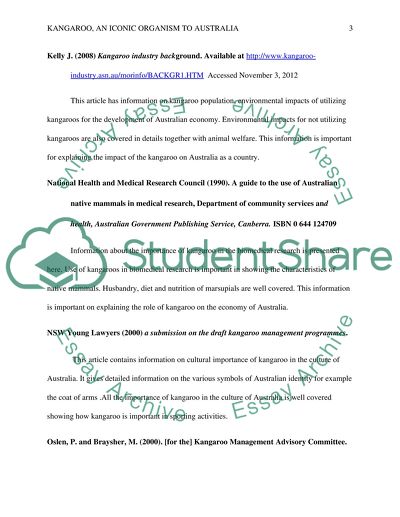Cite this document
(“(KANGAROO) Organisms that are considered to be iconic to a particular Essay”, n.d.)
Retrieved from https://studentshare.org/biology/1458102-kangaroo-organisms-that-are-considered-to-be
Retrieved from https://studentshare.org/biology/1458102-kangaroo-organisms-that-are-considered-to-be
((KANGAROO) Organisms That Are Considered to Be Iconic to a Particular Essay)
https://studentshare.org/biology/1458102-kangaroo-organisms-that-are-considered-to-be.
https://studentshare.org/biology/1458102-kangaroo-organisms-that-are-considered-to-be.
“(KANGAROO) Organisms That Are Considered to Be Iconic to a Particular Essay”, n.d. https://studentshare.org/biology/1458102-kangaroo-organisms-that-are-considered-to-be.


